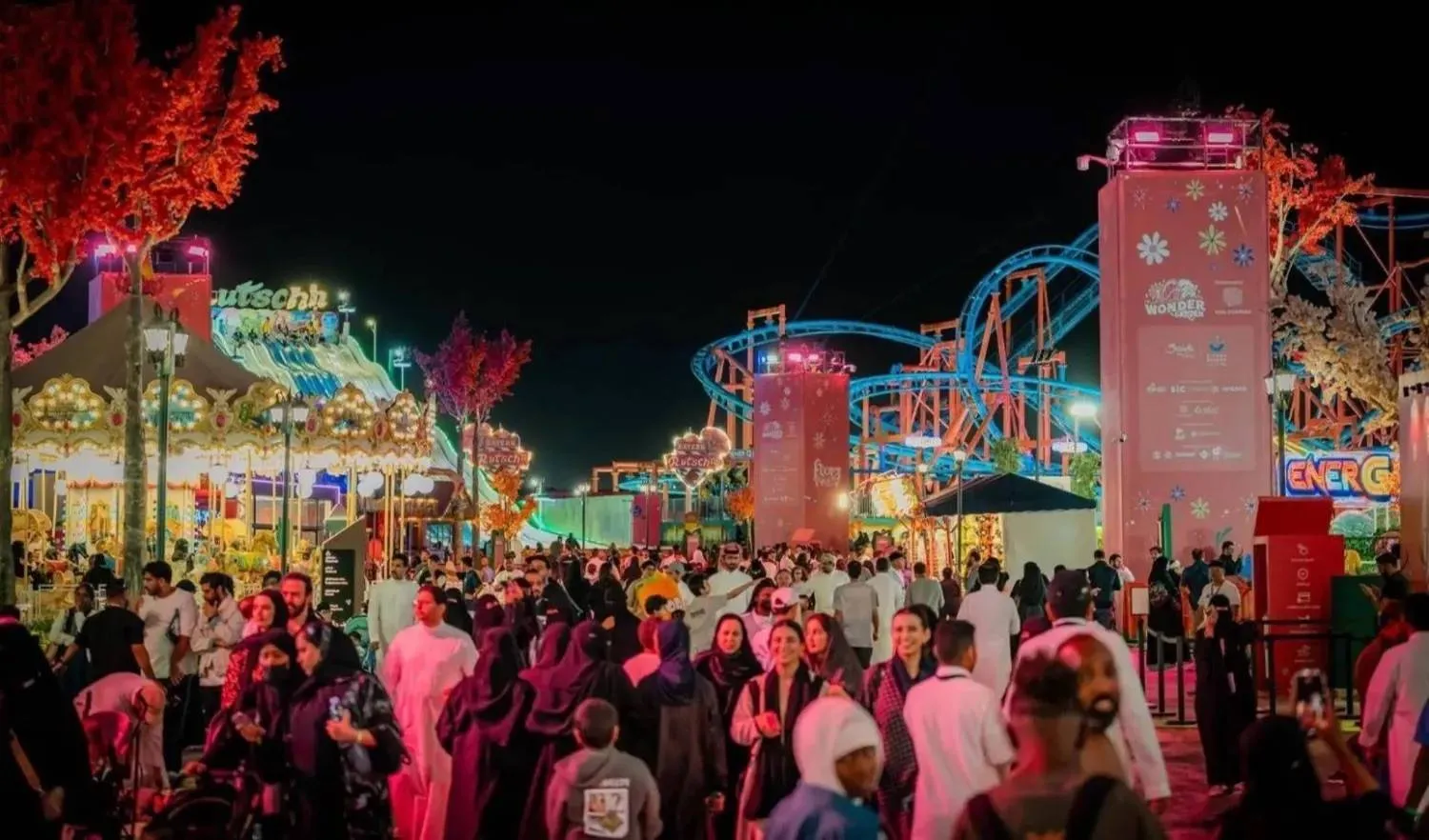Saudi Arabia is positioning its tourism sector to rival oil as a cornerstone of the national economy by 2030, targeting a 10% contribution to GDP. This ambitious goal is part of the Kingdom’s broader Vision 2030 plan to diversify income sources and reduce reliance on hydrocarbons.
To achieve this goal, Saudi Arabia is developing a comprehensive tourism ecosystem. This includes mega-projects like NEOM, Qiddiya, and the Red Sea, alongside nationwide infrastructure upgrades spanning major cities, villages, and remote areas. These efforts are already bearing fruit: the Kingdom surpassed 100 million visitors well ahead of schedule, prompting an upward revision of its target to 150 million tourists by the end of the decade.
Tourism revenues have surged, growing more than 148% in 2024 compared to 2019. The sector’s contribution to GDP has doubled to 5%, also generating thousands of new jobs and reinforcing Saudi Arabia’s presence on the global tourism map.
Speaking at the Saudi-US Investment Forum in Riyadh, Minister of Tourism Ahmed Al-Khateeb highlighted the Kingdom’s rapid progress in establishing tourism as a foundational economic sector. He credited sweeping reforms, a pro-investment regulatory framework, and a robust national tourism strategy for the industry’s momentum.
The transformation includes major legislative and operational milestones: the rollout of a new tourism law, streamlined e-visa procedures, the establishment of training programs for Saudi talent, and the introduction of tech-driven visitor experiences. These initiatives aim to enhance both competitiveness and sustainability.
Industry experts say Saudi Arabia’s geographic, climatic, and cultural diversity gives it a strong edge. From the mountains of Asir and the historic sites of AlUla to the beaches of the Red Sea, the Kingdom offers varied attractions catering to a broad range of travelers.
Nasser Al-Ghailan, a tourism investor and partner in Amla Tourism Group, said these natural advantages have been transformed into strategic assets. He pointed to infrastructure improvements, expanded airport capacity, and new airline routes connecting the Kingdom to the region and the world.
“Combining modern infrastructure with digital innovation and high service quality has made Saudi Arabia a rising player on the global tourism stage,” he said, noting growing interest from investors.
In the Asir region, Abdullah bin Ahmed, Vice President of the Tourist Guide Club, emphasized the importance of community engagement and local workforce development. He sees tour guides as cultural ambassadors who can convey the richness of Saudi heritage to international audiences.
“People are the heart of the tourism experience. Empowering them is key to long-term success,” he said.
According to the UN World Tourism Organization, Saudi Arabia led the G20 in tourism growth in 2024, with a 69% rise in international arrivals compared to 2019.
With strategic investments and a clear vision, Saudi Arabia is on track to become a premier global destination, delivering unique travel experiences while maintaining a delicate balance between economic growth, cultural preservation, and environmental sustainability.







